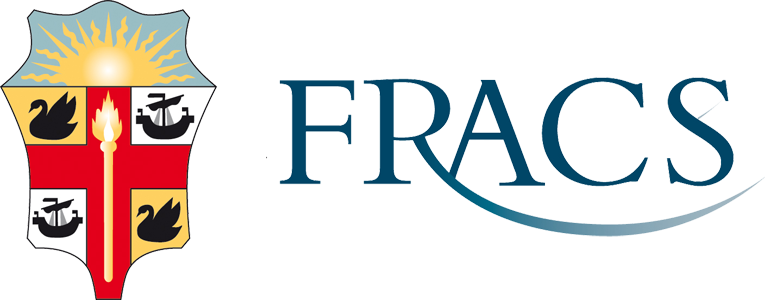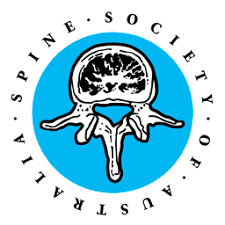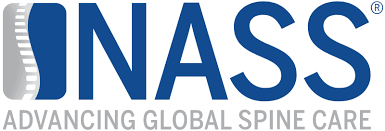Non Surgical Treatments
Who is Suitable for Non-Surgical Treatments for Neck & Arm Pain?
Non-surgical treatments for neck and arm pain are typically suitable for the following:
- People with Acute Pain: Non-surgical treatments often work well for acute or short-term pain patients. This pain can result from minor injuries, muscle strain, or stress.
- Individuals with Chronic Pain: Those with chronic pain, or pain lasting more than three to six months, can also benefit from non-surgical treatments. Chronic pain often arises from arthritis, herniated discs, or degenerative disc disease.
- Patients who can't Undergo Surgery: Certain people may have health conditions that make it unsafe to undergo surgery. Non-surgical treatments can provide these individuals with a viable alternative.
- Those who don't Respond to or want to Avoid Medication: Some people can't take certain medications due to allergies or side effects or may want to avoid them due to personal preferences or fear of dependency. Non-surgical treatments can provide pain relief for these individuals.
- People seeking Preventative Care: Non-surgical treatments can often help prevent future problems and maintain overall spinal health for those without severe pain or damage.
Benefits of Non-surgical Treatments for Neck & Arm Pain
- Non-invasive: Non-surgical treatments are non-invasive, meaning they don't require cuts or incisions. This reduces the risk of infections and other complications associated with surgery.
- Lower Recovery Time: Non-surgical treatments generally have shorter recovery times than surgical interventions, allowing patients to return to regular activities sooner.
- Pain Relief: These treatments can effectively manage acute and chronic pain, often providing significant relief to patients.
- Improved Mobility: Non-surgical treatments can help improve mobility and function, allowing patients to perform daily activities with less discomfort.
- Reduced Dependence on Medication: By managing pain effectively, non-surgical treatments can help reduce a patient's reliance on pain medication, which can have side effects and potential for dependency.
- Cost-effective: Compared to surgical interventions, non-surgical treatments are often more cost-effective, making them a more accessible option for many patients.
- Comprehensive Care: Many non-surgical treatments, such as physical therapy, also involve education about posture, ergonomics, and exercises to prevent future injuries, providing a more comprehensive approach to care.
Non Surgical Treatments for Neck & Arm Pain
Several non-surgical treatments for neck and arm pain are often prescribed based on the nature and severity of the pain and the underlying condition causing it. Here are a few options:
- Injections
- Physical Therapy
- Medications
- Heat and Cold Therapy
- Transcutaneous Electrical Nerve Stimulation (TENS)
- Acupuncture
- Chiropractic Care
- Massage Therapy
- Lifestyle Changes
Injections for Neck & Arm Pain
Injections are a type of minimally invasive treatment that can provide relief from neck and arm pain. Here are a few types:
- Epidural Steroid Injections: These injections are delivered into the epidural space around the spinal cord and can help reduce inflammation and pain caused by conditions like herniated discs or spinal stenosis.
- Nerve Block Injections: Nerve block injections involve injecting medication around a specific nerve or group of nerves. The medication can help block pain signals from reaching the brain.
- Trigger Point Injections: These injections treat painful areas of muscle that contain trigger points or knots of muscle that form when muscles do not relax.
- Facet Joint Injections: Facet joints are small joints at each spine segment that provide stability and help guide motion. Injections of local anaesthetics or anti-inflammatory medications (like corticosteroids) can help alleviate facet joint pain.
These injections may provide temporary or long-term relief from neck and arm pain, depending on the specific patient and the underlying cause.
Allied Health for Neck & Arm Pain
Allied health professionals play a crucial role in managing and treating neck and arm pain. They collaborate with neurosurgeons and other healthcare providers to provide comprehensive care and support to patients. Here are some allied health professionals who may be involved in the treatment of neck and arm pain:
- Physical Therapists (Physiotherapists): Physical therapists are experts in evaluating and treating musculoskeletal conditions. They create personalised exercise programs and use various manual techniques to improve the neck and arm muscles' range of motion, strength, and flexibility. PTs can also educate patients on proper posture and body mechanics to prevent further strain and injury.
- Occupational Therapists (OTs): Occupational therapists focus on helping patients regain their functional abilities in daily activities, including work-related tasks. They may recommend adaptive equipment or modifications to prevent repetitive strain and support healing.
- Chiropractors: Chiropractors specialise in manually manipulating the spine and other joints to improve alignment and alleviate pain. They may use spinal adjustments to address underlying neck and arm pain issues.
- Massage Therapists: Massage therapy can help relax tense muscles, improve blood circulation, and reduce pain and inflammation in the affected area. Massage therapists use various techniques to target specific muscle groups and promote healing.
- Acupuncturists: Acupuncturists use thin needles inserted at specific points on the body to stimulate energy flow and promote pain relief. Acupuncture may help manage neck and arm pain, especially in cases where muscle tension and stress contribute to discomfort.
- Orthotists and Prosthetists: These professionals specialise in designing and fitting orthotic devices, such as braces or splints, to support and stabilise the neck and arm. These devices can help relieve pain and aid in the healing process.
- Speech-Language Pathologists (SLPs): Although mainly known for their work with speech and language disorders, SLPs also work with individuals experiencing swallowing difficulties due to neck pain or injuries that affect the throat and mouth.
- Kinesiologists: Kinesiologists study human movement and exercise. They can develop rehabilitation programs and exercises that focus on restoring function and reducing pain in the neck and arm.
- Naturopathic Doctors: Naturopathic doctors consider the whole person and may use natural therapies, lifestyle modifications, and dietary changes to manage pain and promote healing.
A team-based approach involving collaboration among healthcare providers often yields the best results for effectively managing neck and arm pain. Always seek guidance from a healthcare professional to determine the most appropriate allied health interventions for your specific condition.
Non-Surgical Treatments for Neck & Arm Pain Prognosis
The prognosis for non-surgical neck and arm pain treatments is generally positive, especially when the treatments are started early. Many people find significant relief from their symptoms and can return to normal activities. However, the prognosis can depend on several factors, including the underlying cause of the pain, the specific treatment used, the patient's overall health, and their adherence to the treatment plan.
Non-Surgical Treatments for Neck & Arm Pain Risks
While non-surgical neck and arm pain treatments are generally safe, they can have potential risks or side effects. These can include:
- Medication Side Effects: Pain medications can cause side effects like nausea, dizziness, and constipation and may lead to dependence or addiction with long-term use.
- Injection Risks: Injections can cause side effects like soreness at the injection site, allergic reactions, or, in rare cases, nerve damage.
- Physical Therapy Risks: Physical therapy can sometimes lead to increased pain or injury if exercises are performed incorrectly or aggressively.
- Alternative Treatment Risks: Treatments like chiropractic care and acupuncture carry their risks, such as the potential for injury from spinal manipulation or infection from acupuncture needles.
Each patient needs to discuss these risks with their doctor, and any treatment plan should be tailored to their needs and circumstances. The potential risks should always be weighed against the benefits to make the best treatment decision.



